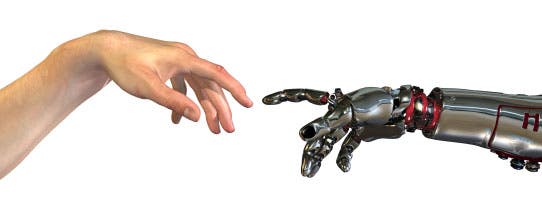February 3, 2020
Standards:
RL.11-12.4 Determine the meaning of words and phrases as they are used in the text; analyze the impact of specific word choices on meaning and tone, including words with multiple meanings or language that is particularly engaging.
RL.11-12.7 Analyze multiple interpretations of a story, drama, or poem, evaluating how each version interprets the source text.
Obj: I can determine the meaning of words and phrases as they are used in Hamlet and analyze the impact of specific word choices and how they depict the human condition.
Starter:
What does the play Hamlet reveal about the human condition?
Consider what you learned from the soliloquy.
Vocabulary:
Word: Allusion
Part of Speech: Noun
Dictionary Definition: an implied or indirect reference especially in literature
Your Definition:
Activity: Create or find another example of allusion.

1. Hamlet 1.3
Characters
Narrator
Laertes
Ophelia
Polonius
Discussion Questions
What is the relationship between Ophelia and Hamlet? Laertes and Ophelia? Polonius and Laertes? Polonius and Ophelia?
Analyze the advice Laertes and Polonius give Ophelia.
What are they really concerned about?
What advice does Polonius give to Laertes and what is the purpose of such advice?
Connect these ideas to your family.
What does this reveal about the human condition?
2. BBC Hamlet Production
As a class, we will watch the scenes we read.
Pay close attention to the way Hamlet is characterized in the movie compared to the text.
Jot down notes about what is similar and different to what you imagined.
We will discuss this as a class.
3. Skits
Divide yourself into groups of three.
You will have ten to fifteen minutes to prepare a modern version of this scene.
Determine a parallel situation and create a script that portrays these ideas.
In your script you must include at least TWO examples of figurative language.
Your skit should only be 1-2 minutes long.
Every person should contribute to creating the dialogue and acting
Closure
Create a second entry in your reading log.



